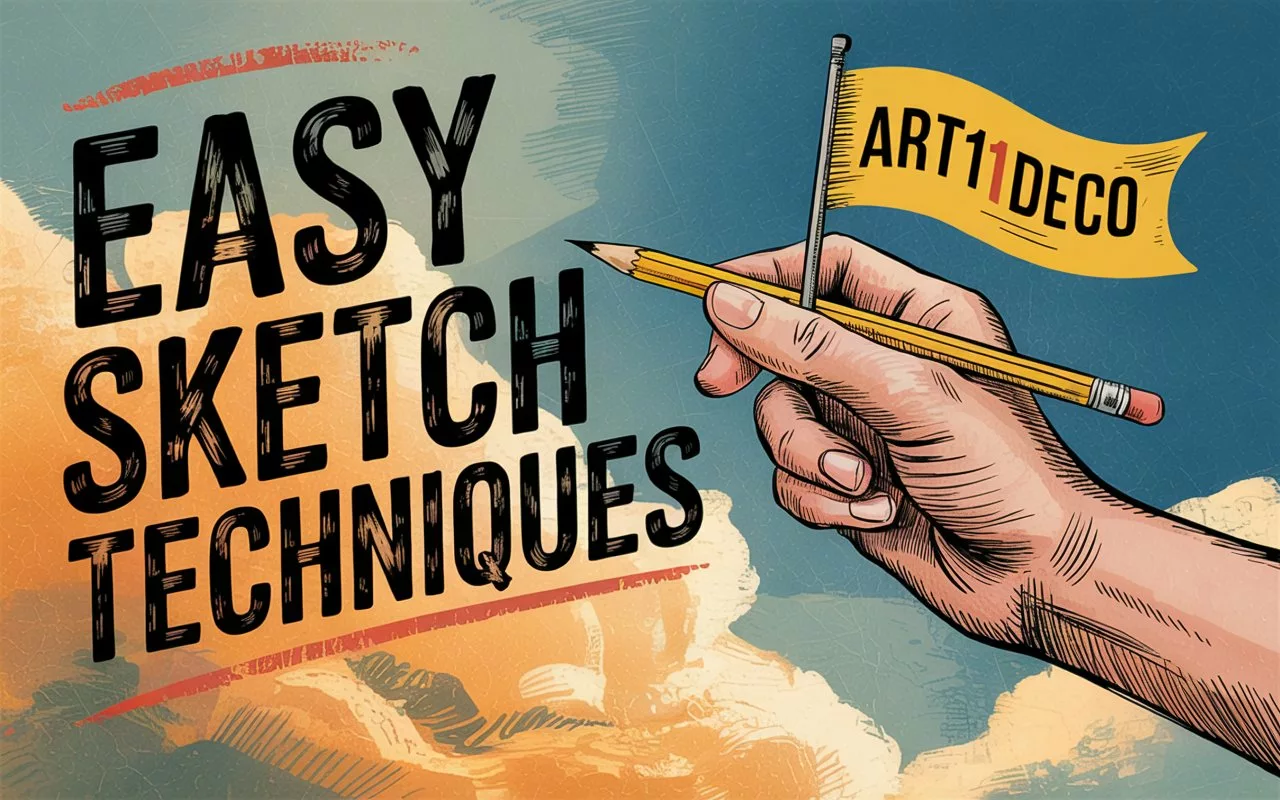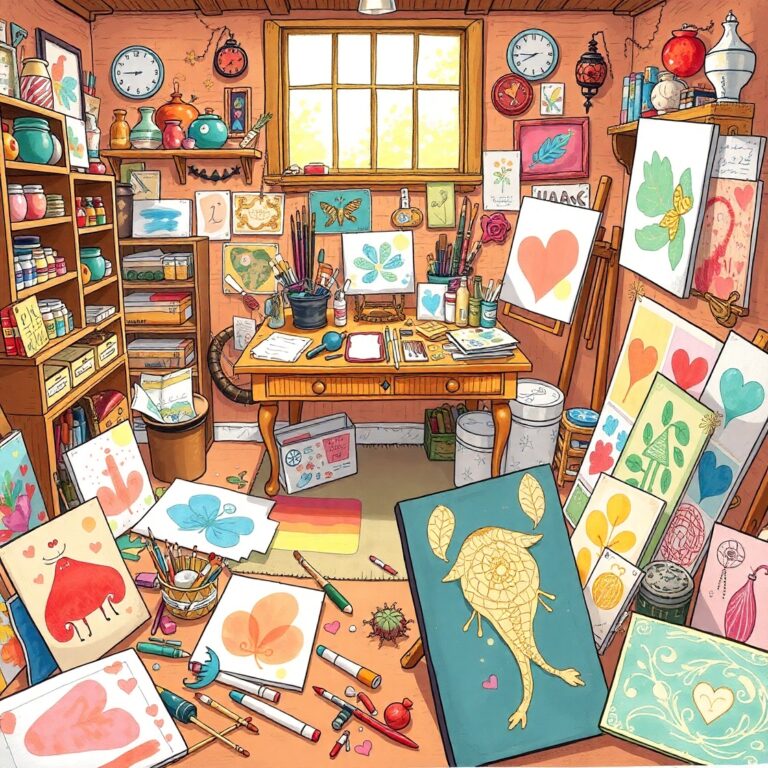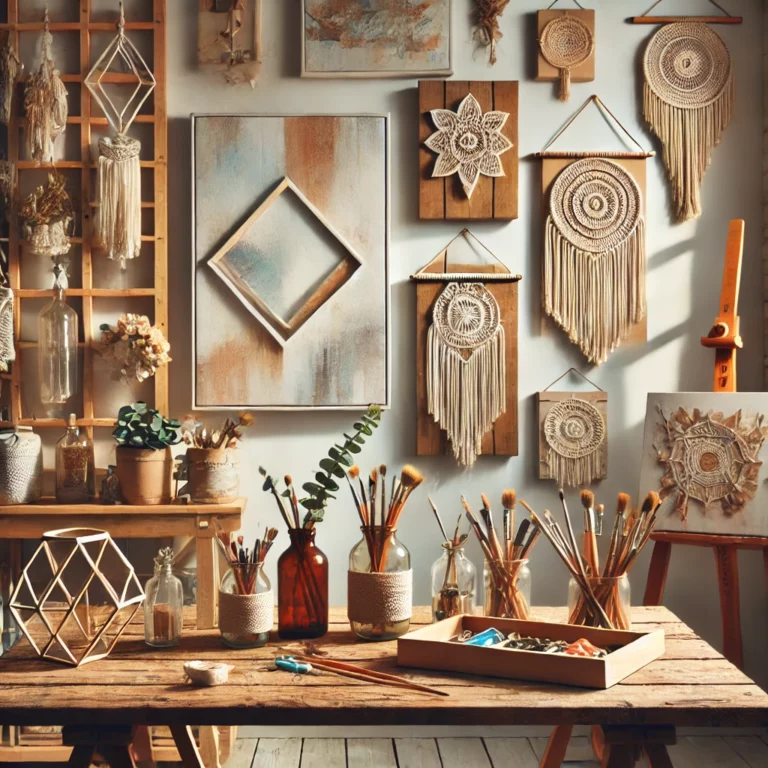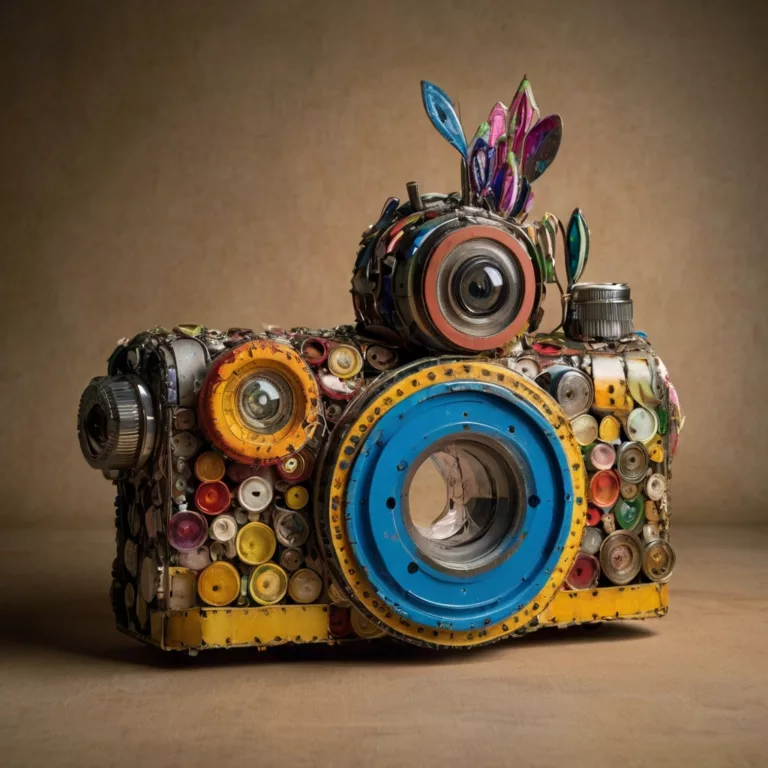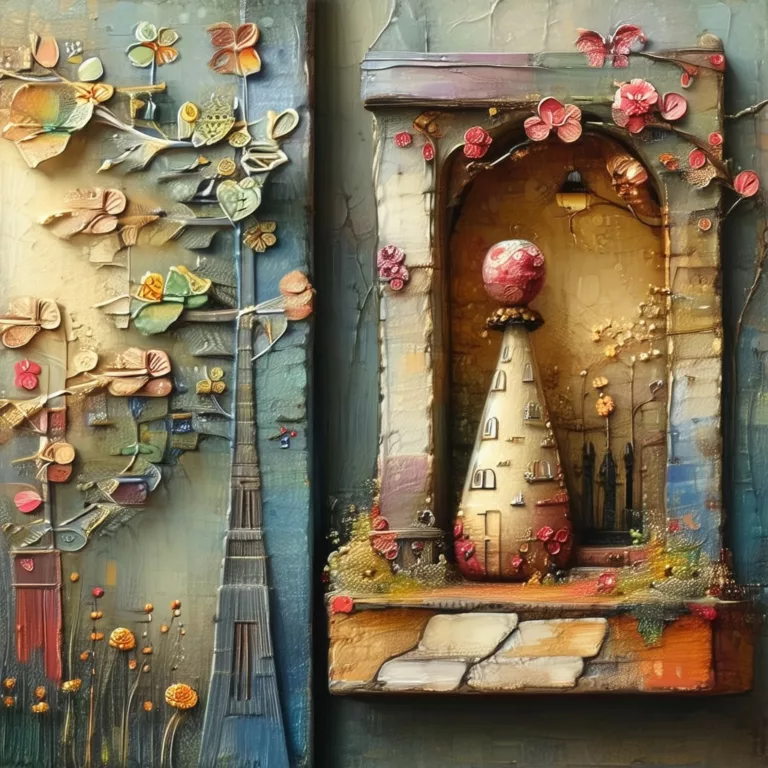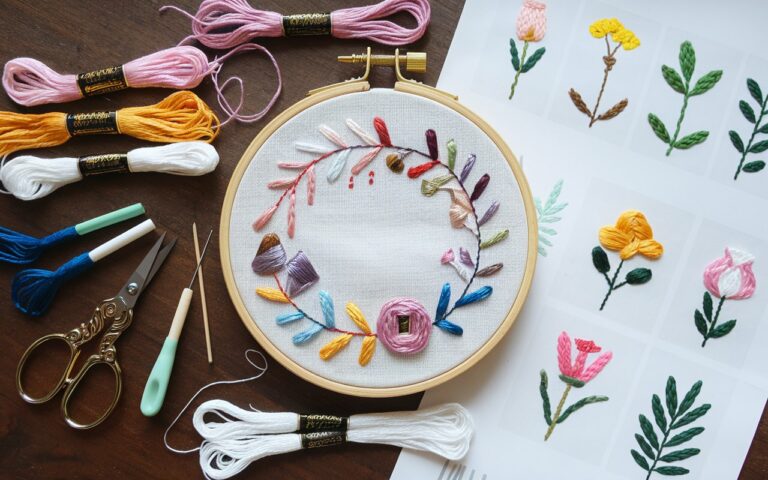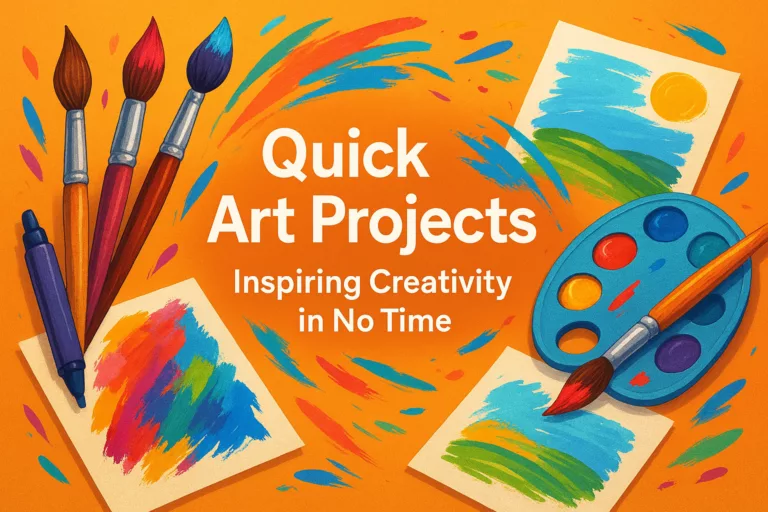Easy Sketch Techniques:
Introduction
Sketching is one of the most fundamental and accessible forms of artistic expression. Whether you’re a beginner or a seasoned artist, mastering easy sketch techniques can help you develop confidence, improve your hand-eye coordination, and refine your drawing skills. This guide explores various sketching methods, essential tools, step-by-step techniques, and practical tips to help you create expressive and dynamic sketches effortlessly.
Understanding Sketching
Sketching is the process of creating quick, freehand drawings to capture ideas, emotions, or observations. Unlike detailed, polished artworks, sketches focus on the essence of the subject using simple lines and shading. Sketching serves multiple purposes, including:
- Practice and skill-building for artists of all levels.
- Concept development for paintings, sculptures, and designs.
- Visual storytelling in comic art, animation, and illustrations.
- Therapeutic and creative expression for relaxation and mindfulness.
Essential Tools for Sketching
While sketching requires minimal materials, having the right tools can enhance your work. Some basic sketching supplies include:
- Pencils: Ranging from H (hard) for light lines to B (soft) for darker strokes.
- Erasers: Kneaded erasers for light corrections and precision erasers for fine details.
- Sketchbooks: Choose from smooth or textured paper based on your preference.
- Pens and Fine Liners: Great for ink sketching and adding permanent details.
- Blending Tools: Tissue paper, blending stumps, or fingers for smooth shading.
Basic Sketching Techniques
To improve your sketches, start with fundamental techniques that form the building blocks of great drawings.
1. Hatching and Cross-Hatching
- Hatching involves drawing parallel lines to create shading and texture.
- Cross-hatching adds a second layer of intersecting lines for deeper shading.
2. Stippling (Dot Technique)
- Shading using small dots to create light and shadow effects.
- The denser the dots, the darker the area appears.
3. Gesture Drawing
- Quick, expressive sketches capturing movement and posture.
- Useful for drawing human figures and dynamic compositions.
4. Contour Drawing
- Outlining the edges of an object without focusing on details.
- Blind contour drawing (drawing without looking at the paper) helps improve observation skills.
5. Blending and Smudging
- Using a tissue, blending stump, or fingers to create smooth transitions between light and dark areas.
- Ideal for realistic portraits and soft textures.
Step-by-Step Guide to Sketching
Follow this simple process to create a structured yet effortless sketch:
Step 1: Start with Light Guidelines
Use a light H or HB pencil to draw basic shapes and outlines to establish the composition.
Step 2: Refine the Outline
Add more defined lines, correcting proportions and angles as needed.
Step 3: Add Basic Shading
Use hatching, cross-hatching, or blending techniques to introduce depth and volume.
Step 4: Enhance Details
Deepen shadows, refine textures, and emphasize important elements to bring the sketch to life.
Step 5: Final Touches
Erase unnecessary guidelines, add highlights, and refine the composition for a polished look.
Common Mistakes and How to Avoid Them
Beginners often make mistakes that can hinder their progress. Here are some common errors and solutions:
- Pressing Too Hard on the Pencil: Light strokes allow for easier corrections and smoother shading.
- Ignoring Proportions: Use grids or reference lines to maintain correct proportions.
- Overusing the Eraser: Excessive erasing can smudge the paper and weaken your confidence. Embrace imperfections!
- Lack of Patience: Sketching is a gradual process; take your time and enjoy it.
Fun Sketching Exercises for Improvement
Practice makes perfect! Here are some engaging exercises to sharpen your skills:
- 30-Second Gesture Drawings: Quickly sketch different poses to improve speed and fluidity.
- Still Life Sketching: Draw everyday objects to enhance observation and shading techniques.
- Upside-Down Drawing: Copy an image upside-down to train your brain to see shapes rather than symbols.
- Continuous Line Drawing: Sketch without lifting your pencil to improve hand control and flow.
Digital Sketching: The Modern Approach
With advancements in technology, digital sketching has become increasingly popular. Some great tools include:
- Software: Procreate, Adobe Fresco, and Autodesk SketchBook.
- Devices: iPads with Apple Pencils or graphic tablets like Wacom and Huion.
- Techniques: Layering, digital brushes, and pressure-sensitive strokes simulate traditional sketching.
Conclusion
Sketching is an essential skill that anyone can develop with practice and patience. By mastering these easy techniques, you can create expressive, dynamic, and visually compelling sketches. Whether you choose traditional pencil sketching or digital methods, the key is to enjoy the process, experiment freely, and let your creativity flow.
Art11deco

